Every day I see or hear something that more or less kills me with delight,
That leaves me like a needle in the haystack of light.
It is what I was born for - to look; to listen, to lose myself inside the soft world-
To instruct myself over and over in joy and acclamation.
Nor am I talking about the exceptional, the fearful, the dreadful, the very extravagant -
But of the ordinary, the common, the very drab, the daily presentations.
Oh good scholar.
I say to myself,
How can you help but grow wise with such teachings as these -
The untrimmable light of the world,
the ocean's shine,
the prayers that are made out of grass?
That leaves me like a needle in the haystack of light.
It is what I was born for - to look; to listen, to lose myself inside the soft world-
To instruct myself over and over in joy and acclamation.
Nor am I talking about the exceptional, the fearful, the dreadful, the very extravagant -
But of the ordinary, the common, the very drab, the daily presentations.
Oh good scholar.
I say to myself,
How can you help but grow wise with such teachings as these -
The untrimmable light of the world,
the ocean's shine,
the prayers that are made out of grass?

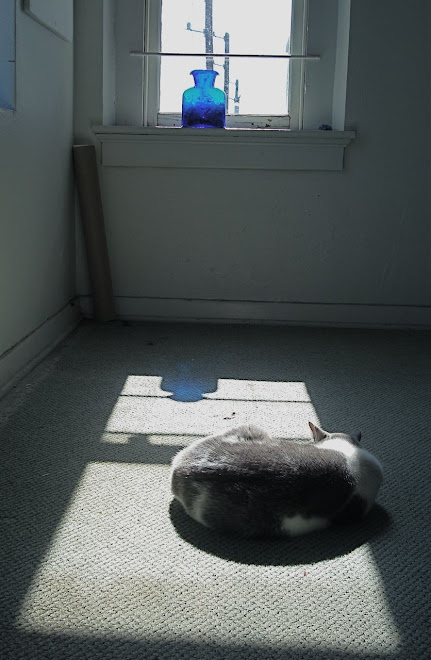
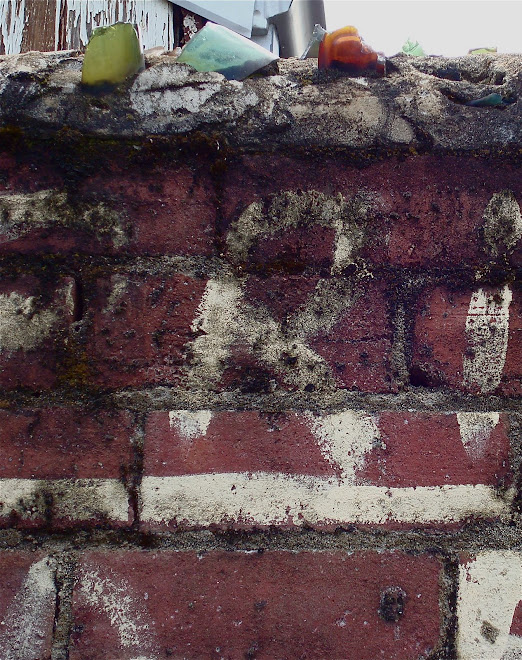
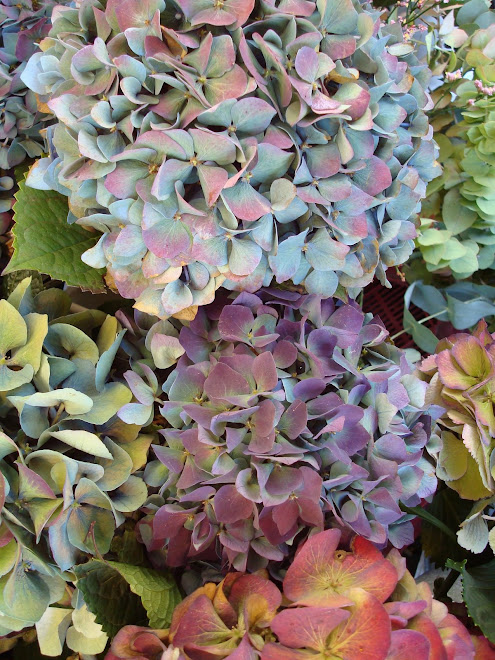
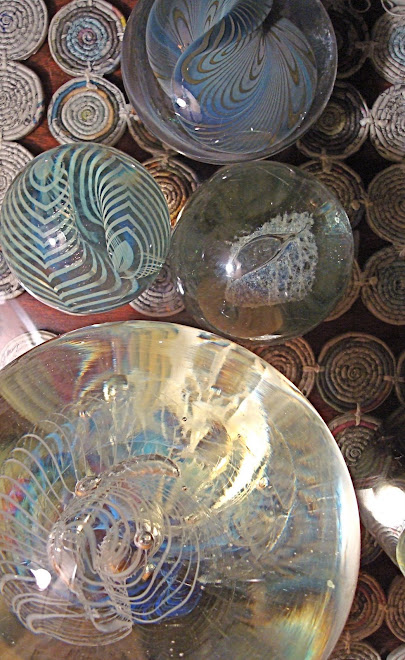
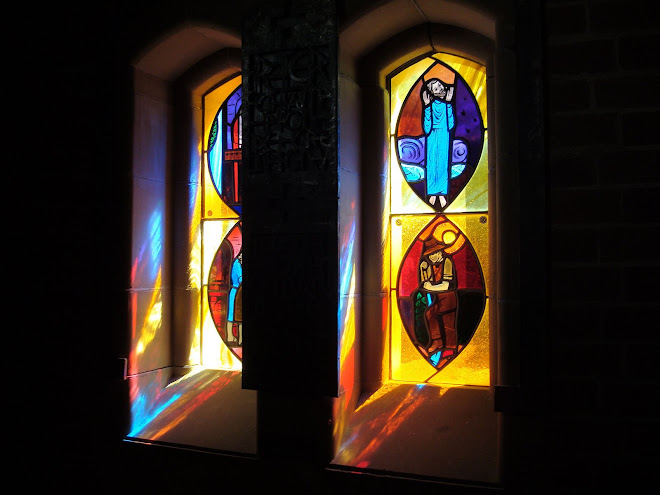







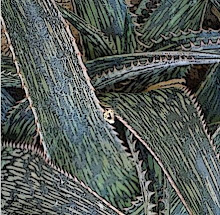
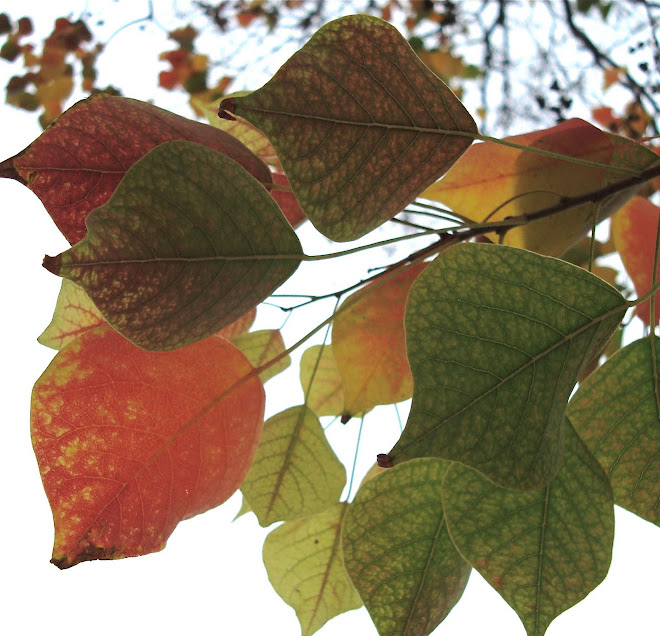
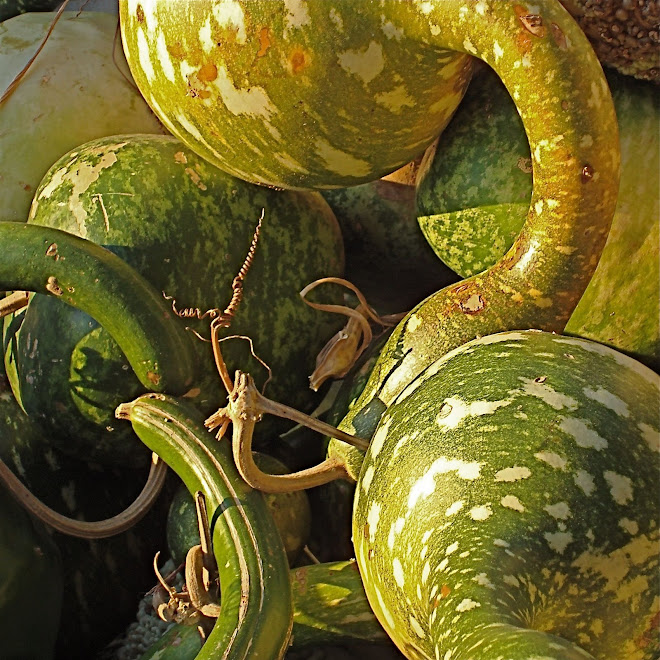
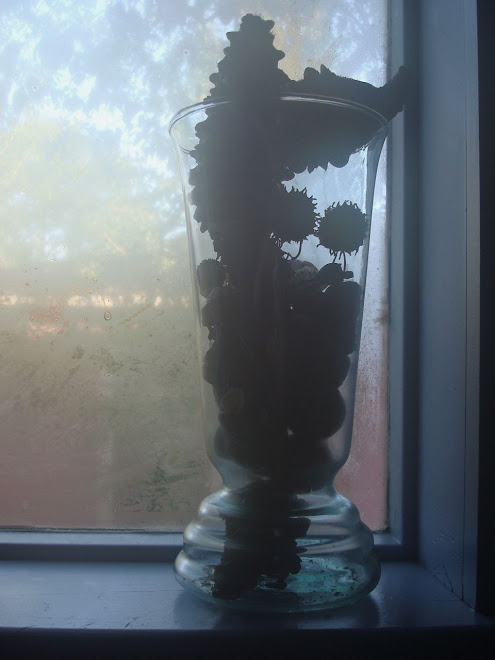
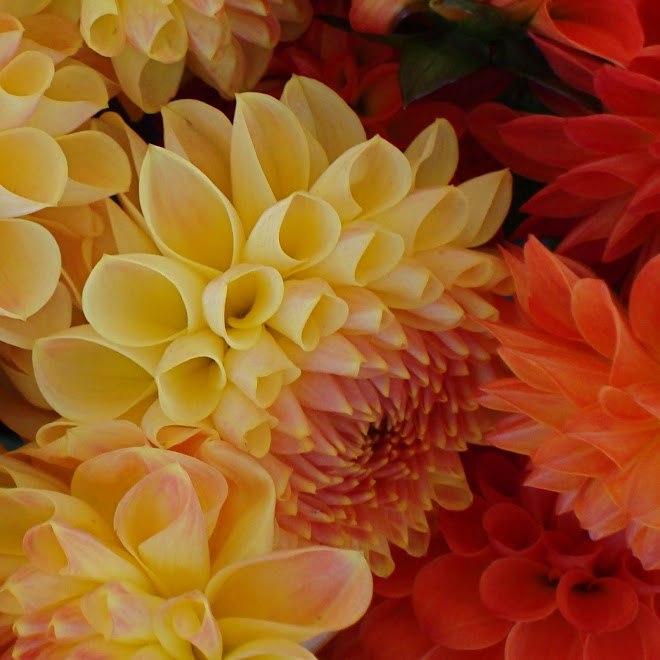
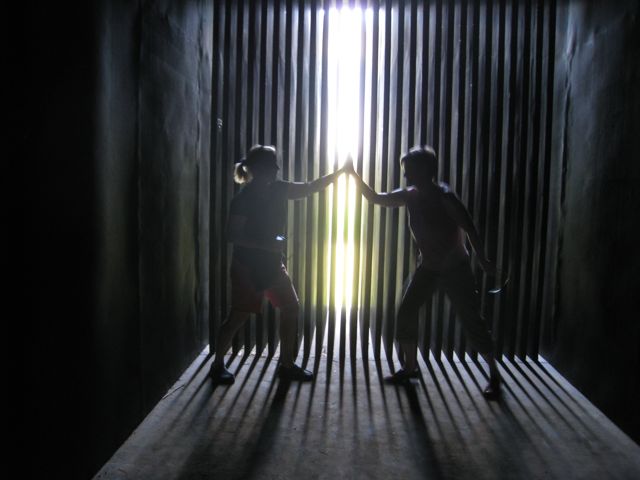
2 comments:
I love that poem. It is exactly how I feel--always stopping to smell the roses and marvel and their ordinary/ extraordinary beauty.
Thanks for sharing it.
Masterful combination of exquisite photo and and articulate poem. Thank you! My dad grew up in Nebraska and my mom in Montana so I've seen sights like this and they're poignant for me. But the composition is incredibly well done-- the power towers frame it gently and well and the small building (?) just off center is perfectly placed so it isn't too predictable or boring. Of course the texture is lovely, but the change in color at the horizon, that golden band, is breathtaking. And the building is there, drawing the eye and the clouds dance above moving the eye around. Excellent! Thank you!!!
Post a Comment